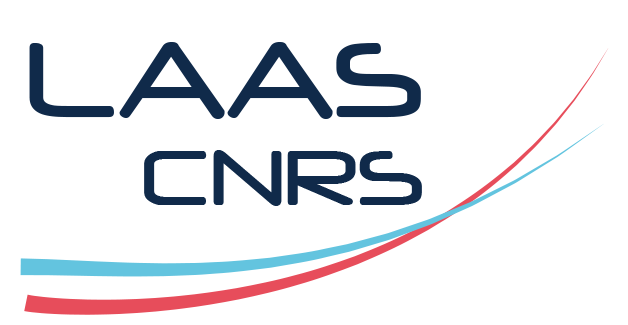Multi-Gateway LoRaWAN Throughput Modeling in Direct-to-Satellite IoT Constellations
Résumé
The emerging paradigm of Direct-to-Satellite Internet of Things (DtS-IoT) heralds a new era of global IoT connectivity unlocked by gateways in Low-Earth Orbit (LEO). Among the spectrum of technologies for achieving DtS-IoT, LoRaWAN, which relies on duty-cycled ALOHA channel access over unlicensed bands, emerges as a promising candidate. Lo-RaWAN's broad adoption in terrestrial IoT applications paves the way for a seamless Space-Terrestrial IoT integration. Lo-RaWAN distinctively allows multiple gateways to receive uplink packets simultaneously, an appealing feature for proliferated DtS-IoT constellations leveraging multiple satellites. However, existing theoretical throughput models for static multi-gateway LoRaWAN systems have not been evaluated in the more complex and dynamic satellite context. Our study addresses this gap by adapting, extending, and fine-tuning throughput models for the multi-gateway LEO DtS-IoT scenario. This approach will enable the rapid analysis of various LoRaWAN constellations to optimize their performance, addressing a critical need in current DtS-IoT mission design and operations. Additionally, we validate the proposed modeling with a comprehensive and realistic simulation campaign. Differences between the model predictions and simulation results remain below 5%. Results show that the proposed modeling is accurate and insightful, offering valuable projections into the performance of forthcoming LoRaWAN DtS-IoT constellations.
| Origine | Fichiers produits par l'(les) auteur(s) |
|---|

